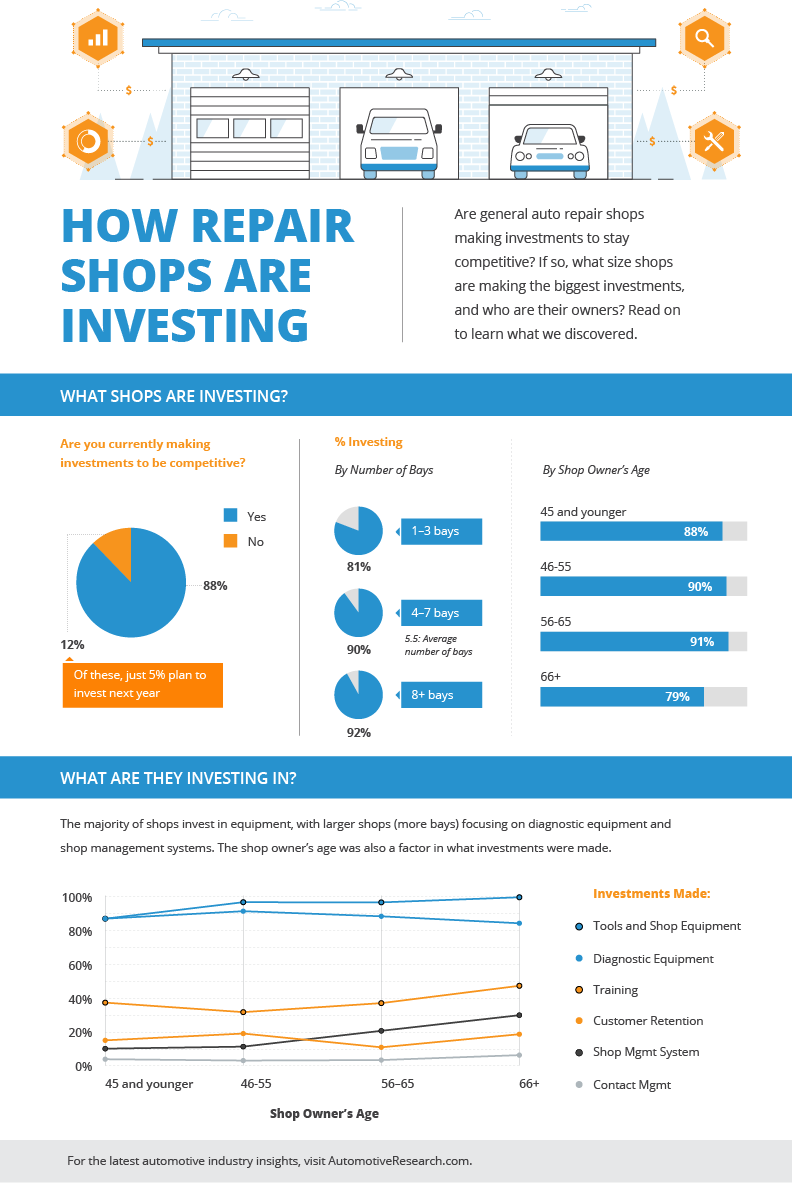Deciphering Your Car'S Warning Indicators: What They Really Represent
Deciphering Your Car'S Warning Indicators: What They Really Represent
Blog Article
Composed By-Hartley Gilbert
When you're behind the wheel, those radiant warning lights on your control panel can be a little bit puzzling. Do you understand what they're trying to tell you regarding your vehicle's health and wellness? Recognizing the relevance of these lights is crucial for your safety and security and the durability of your lorry. So, the following time one of those lights appears, wouldn't you wish to understand its message properly and take the required steps to address it?
Common Caution Lighting and Interpretations
Determine typical warning lights in your vehicle and recognize their meanings to ensure safe driving.
The most typical caution lights consist of the check engine light, which signifies problems with the engine or discharges system. If this light begins, it's important to have your vehicle inspected quickly.
The oil pressure alerting light suggests low oil stress, needing immediate interest to stop engine damage.
A flashing battery light might recommend a faulty billing system, potentially leaving you stranded otherwise dealt with.
The tire pressure surveillance system (TPMS) light alerts you to low tire pressure, influencing automobile security and fuel effectiveness. Neglecting this could bring about dangerous driving conditions.
The abdominal muscle light shows a trouble with the anti-lock stopping system, jeopardizing your capability to quit swiftly in emergencies.
Finally, the coolant temperature level warning light warns of engine getting too hot, which can lead to serious damages if not settled promptly.
Recognizing these typical caution lights will aid you resolve issues promptly and preserve safe driving conditions.
Value of Prompt Focus
Comprehending the typical warning lights in your car is only the initial step; the relevance of quickly addressing these cautions can not be stressed enough to ensure your security when traveling.
When a caution light illuminates on your dashboard, it's your vehicle's method of communicating a prospective problem that requires focus. Disregarding these cautions can bring about more severe issues later on, jeopardizing your safety and security and potentially costing you a lot more out of commission.
Prompt focus to advising lights can protect against failures and crashes. For example, a flashing check engine light could show a misfire that, if left unattended, could cause damages to the catalytic converter. Addressing this without delay can save you from a costly repair.
Likewise, a brake system cautioning light may signal reduced brake fluid or used brake pads, essential components for your security when driving.
DIY Troubleshooting Tips
If you see a warning light on your control panel, there are a few DIY troubleshooting suggestions you can attempt before seeking specialist aid.
The primary step is to consult your auto's handbook to recognize what the particular caution light suggests. Sometimes the issue can be as easy as a loose gas cap setting off the check engine light. Tightening up the gas cap might resolve the problem.
auckland car valet is a reduced battery, which can activate numerous cautioning lights. Examining the battery connections for corrosion and ensuring they're protected might deal with the issue.
If a caution light persists, you can try resetting it by disconnecting the cars and truck's battery for a few minutes and afterwards reconnecting it. In https://auburnpub.com/news/local/auburn-firefighters-knock-down-exterior-blaze-at-auto-repair-shop/article_91feb16c-b705-5189-ba02-b23ec025a093.html , inspecting your vehicle's liquid degrees, such as oil, coolant, and brake fluid, can help troubleshoot warning lights associated with these systems.
Conclusion
To conclude, recognizing your vehicle's caution lights is necessary for keeping your vehicle running smoothly and safely. By immediately dealing with Read More At this website and understanding what they indicate, you can avoid pricey repairs and prospective malfunctions.
Keep in mind to consult your auto's manual for specific details on each warning light and do something about it as necessary to make certain a trouble-free driving experience.
Keep informed, stay safe on the road!
